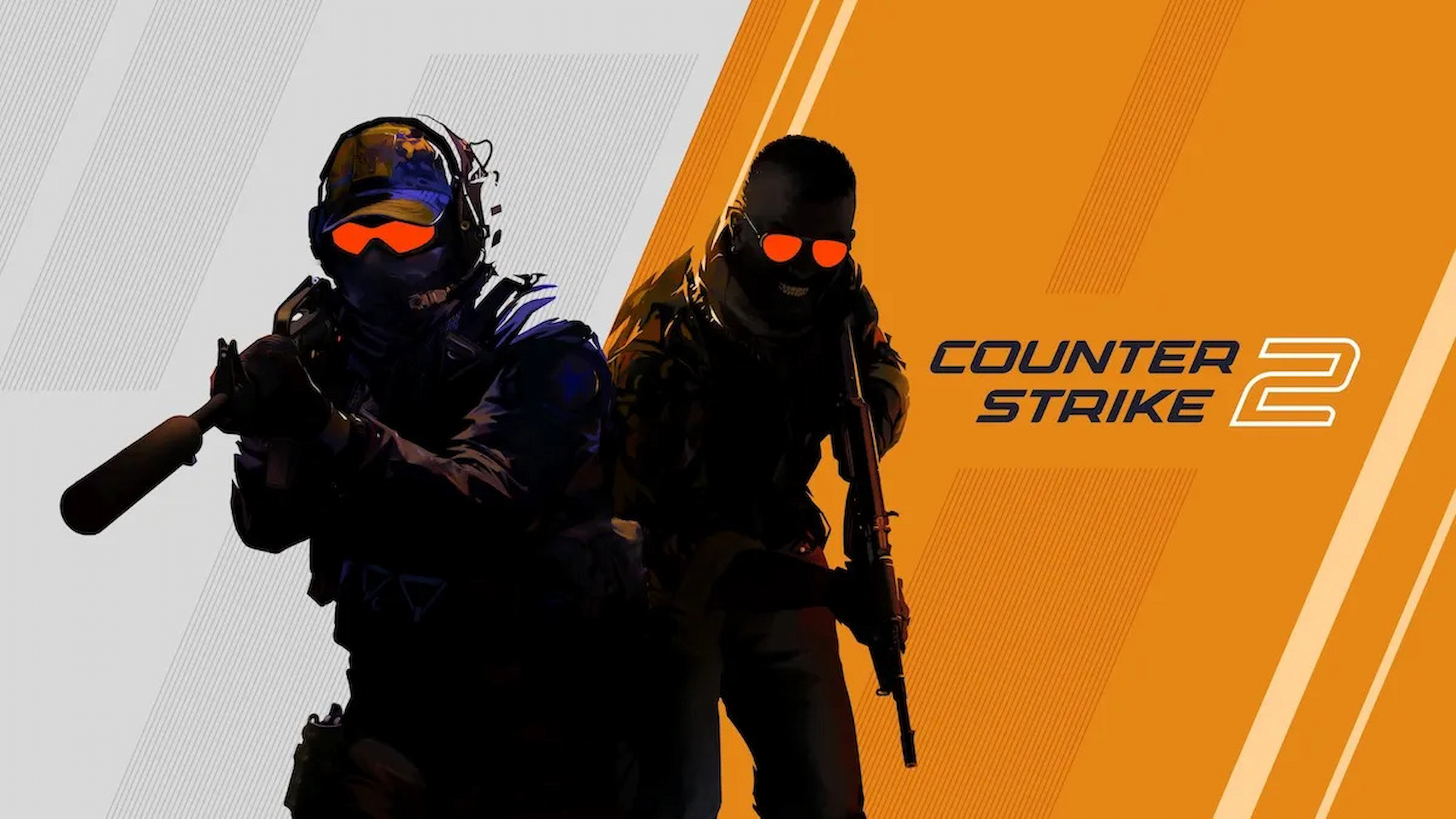How many hero roles and positions are there in Dota 2 and what do they do?
Welcome to our Dota 101 series where we explain the basics of Dota 2. In this guide, we will explain the main roles in Dota 2, their objectives, as well as where they would position on the map.
There are five main roles in Dota 2.
- Carry [Pos 1]
- Midlane [Pos 2]
- Offlane [Pos 3]
- Soft Support [Pos 4]
- Hard Support [Pos 5]
Take the order of the positions (Pos 1, Pos 2, etc) to signify their potential and their importance throughout the game. When the game reaches the late game (typically 35 minutes in), Pos 5 is usually the weakest hero and pos 1 is the strongest.
Let's go through each of the main positions and understand their purpose in the game.
Hard Support (Pos 5)

Hard Support heroes usually have powerful spells. This makes their playstyle fully reliant on their abilities and therefore, they have lesser priority to farm gold and get items. They often get cheap, basic items for survivability such as Magic Wand, Fluffy Hat, and Boots of Speed. They will then focus on utility items such as Observer and Sentry Wards, Smoke of Deceit, and Dust of Appearance.
Throughout the game, hard supports provide vision, remove the enemy's vision, stack camps, guard areas for ganks, and oftentimes sacrifice their lives for space. Examples of Hard Support heroes in Dota 2 are Dazzle, Crystal Maiden, and Lion.
Soft Support (Pos 4)

Soft Supports are similar to Hard Supports, but usually with better survivability and mobility. They play the roaming role and they require more items to be active on the map.
They babysit the cores just as Hard Supports do but in a different way. While Hard Supports focus on providing a safe space for the team, Soft Supports focus on making the opponent as uncomfortable as possible. They usually rotate to secure Power Runes in the midlane or to set up ganks and play around the team's power spikes. Their main purpose is to disrupt the enemy's movement. They actively rotate around the map to poke into the enemy's own safe space. Examples of Soft Support heroes in Dota 2 are Earth Spirit, Tusk, and Spirit Breaker.
Offlaner (Pos 3)

Offlane heroes are usually tanky and teamfight-oriented. They play like an 'independent core' as they usually survive on their own and try to make space for Carry and Midlaner by pressuring the enemy. This role faces the highest pressure among other roles and requires to have a lot of patience. This is because during the laning phase, their lane partners (Soft Supports) will usually roam and leave them to survive the lane with a handicap.
Offlaners have farm authority over the supports as they need to rush teamfight items that will allow them to start hunting and setting up fights. They are oftentimes tanky as they will be the ones to charge in and take damage for the team. Aside from that, offlaners also pressure the enemy by pushing objectives. Examples of offlane heroes in Dota 2 are Axe, Tidehunter, and Mars.
Midlaner (Pos 2)

Mid heroes are usually the all-rounder heroes that possess great stats, abilities, low cooldown, and oftentimes high-mobility spells. They are consistently strong throughout the game, from the early to the late phase. The midlane is a 1 vs 1 occasion and it requires great macro skills and intensive focus. Since midlaners don't share the lane with other heroes, they gain the gold and XP advantage all for themselves. This makes them the strongest hero of the team that can easily snowball ahead.
Midlaner's purpose is to outplay and outpower the enemy's midlane. By shutting down the enemy's midlane, the enemy will have a huge handicap as their highest potential hero is now incapable of making more impact in the early game. Meanwhile, midlaners that won their lane can start picking up fights. Examples of mid heroes in Dota 2 are Storm Spirit, Leshrac, and Queen of Pain.
Related articles
Carry (Pos 1)

Carry heroes usually have abilities surrounding their physical, right-click damage such as attack speed buffs or critical passives. They become powerful in the late game after acquiring items. Playing Carry requires an efficient farming pattern and a good sense of map awareness.
Throughout the game, their main priority is to flash farm and get as much gold as possible to complete the essential item build. Once completed, Carry heroes reach their power spike and are able to join fights. During the late game, the Carry is responsible for literally carrying the team to victory. Examples of Carry heroes in Dota 2 are Phantom Assassin, Juggernaut, and Sven.
What makes a hero suitable for a particular role?
Dota 2 heroes are built with attributes and basic stats such as movement speed, attack damage, projectile speed, and more. The attributes scale differently on different heroes and thus, these numbers and the stats commonly shape what role or position they are suitable for.
The image below is a full stats breakdown for Sniper. All of his attributes, attack, defense, and mobility stats are factors that determine his optimal role.

The core heroes (Carry, Midlaner, and Offlaner) have attributes that scale better into the late game. Meanwhile, supports are powerful in the early phase but slowly drop in potential.
Heroes' abilities and talents are also a massive factor that makes them viable for particular positions. From their stats and abilities, heroes are categorized into specific roles.
More specific hero roles in Dota 2
These are more broken-down hero roles that are available in Dota 2:
- Carry - Will become more useful in the late game if they gain a significant gold advantage.
- Nuker - Can quickly kill heroes using high damage spells with low cooldowns.
- Initiator - Good at starting a team fight.
- Disabler - Has a guaranteed disable for one or more of their spells.
- Durable - Has the ability to last longer in teamfights.
- Escape - Has the ability to quickly avoid death
- Support - Can focus less on massing gold and items, and more on using their abilities to gain an advantage for the team.
- Pusher - Can quickly siege and destroy towers and barracks at all points in the game.
- Jungler - Can farm effectively from neutral creeps inside the jungle early in the game.
You can check a hero's set of roles in the Dota 2 client itself. For example, these are Ancient Apparition's listed roles:
- Ranged
- Support
- Disabler
- Nuker
Hero positions on the map

The general map position for heroes during the laning phase is 2-1-2, which means two heroes go top, one hero goes to the midlane, and two heroes go bottom.
This is the general position for heroes on the map:
- Safelane: Carry (Pos 1) + Hard Support (Pos 5)
- Midlane: Midlaner (Pos 2)
- Offlane: Offlaner (Pos 3) + Soft Support (Pos 4)
This is certainly not the compulsory way to position heroes. There have been instances where heroes trilane, which means three heroes are together in one lane. There are also rare occurrences of having two midlaners. However, the optimal and most common position is 2-1-2.
Stick around Esports.gg for more Dota 2 guides!


